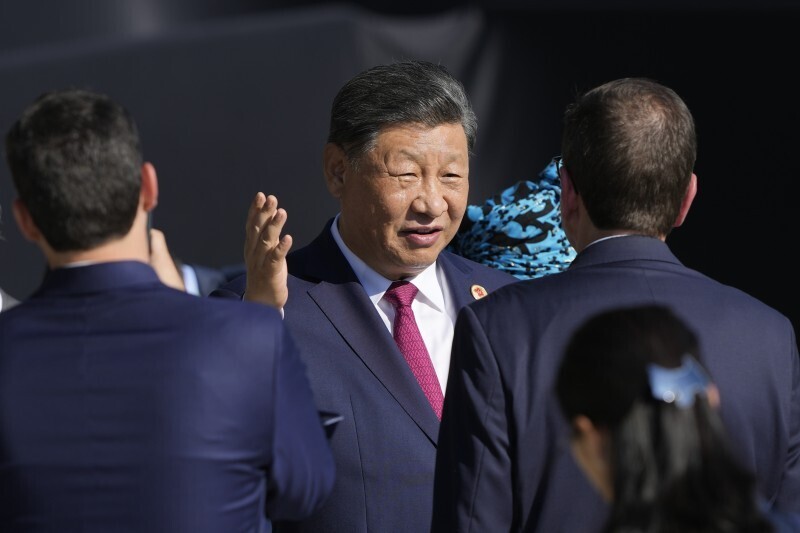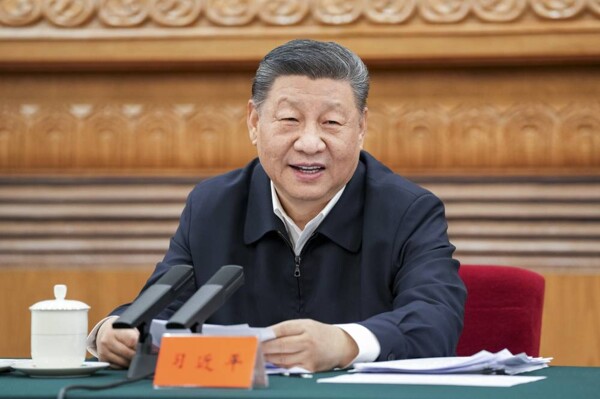
The Chinese government has decided to maintain and strengthen its presence in Latin America, even amid the changes in the administration of Donald Trump. Chinese diplomats have communicated to their Latin American counterparts that Beijing intends to fill the void left by the State Department in terms of cooperation agency.
It is estimated that by the year 2025, China could allocate up to 6 billion dollars to the region, a 15% increase compared to the previous year. This funding will be channeled through its cooperation fund specifically dedicated to Latin America, complemented by two other funds intended for industrial promotion and infrastructure. This move was hinted at during the G-20 forum in Rio de Janeiro held last November.
In parallel, Secretary of State Marco Rubio is carrying out a restructuring of Usaid, the American cooperation agency, in line with Elon Musk's plans to reduce and redirect its functions. Meanwhile, the Chinese government is exploring advantages in tariff policies designed by the White House, such as accelerating the transition from the SWIFT transaction system in favor of the BRIC Bridge system, backed by countries of the "Global South."
The political approach of Chinese diplomacy conveys a clear message, highlighting the unreliability of the United States as a partner with Trump in the White House. Additionally, it is noted that the president did not include in his campaign the conquest of Greenland, control of Gaza, or the dismantling of cooperation schemes, which reinforces the perception of a change in the relationship. An example of this situation is evident in the Mexican case, where a month free of tariffs was promised to Claudia Sheinbaum, only to impose taxes on steel a few days later.













